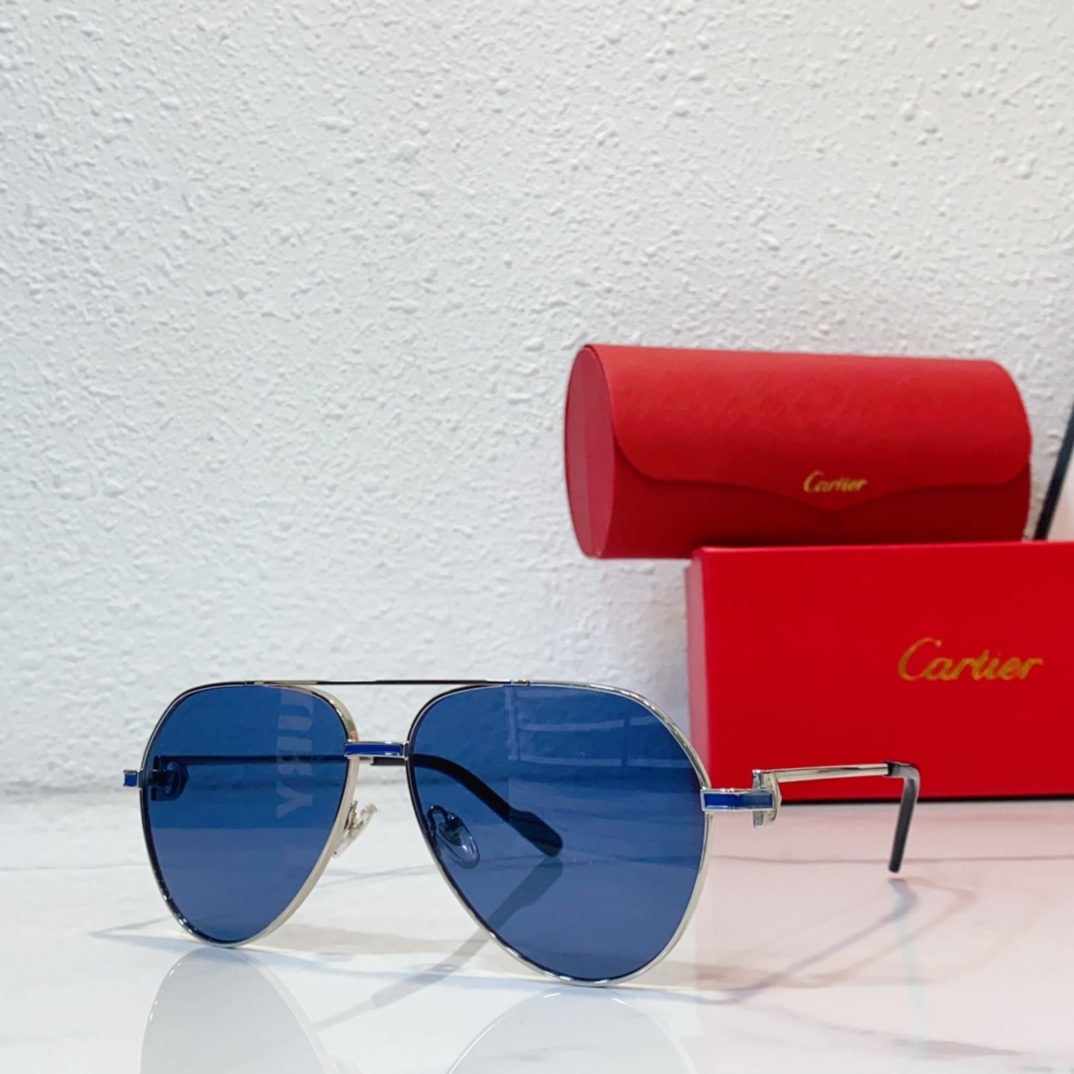Introduction to Replica Sunglasses
Replica sunglasses serve as an intriguing segment within the ever-evolving fashion industry, capturing the attention of consumers who seek stylish eye protection without the steep price tags associated with luxury brands. These sunglasses are designed to mimic the aesthetic qualities of high-end eyewear while being produced at a fraction of the cost. Their popularity has surged, particularly among budget-conscious individuals who desire sophistication and elegance in their accessories.
The allure of replica sunglasses lies not only in their attractive designs but also in their affordability. Many fashion enthusiasts find themselves drawn to the idea of sporting trendy eyewear that closely resembles iconic styles seen on celebrities or in high-fashion campaigns. Despite the apparent similarities to genuine products, there are notable distinctions between authentic and replica sunglasses, particularly regarding quality, durability, and brand prestige. Genuine sunglasses typically offer superior craftsmanship, advanced technology, and certified protection against harmful UV rays, whereas replicas may prioritize aesthetics over performance.
The ethical considerations surrounding the purchase of replica products cannot be ignored. While some argue that replicas democratize fashion by enabling access to high-end styles for a larger audience, others contend that these products contribute to a culture of counterfeiting and undermine the efforts of designers and brands. As consumers navigate the world of replica sunglasses, an understanding of the materials and production processes involved becomes essential. This knowledge not only informs purchasing decisions but also fosters a greater appreciation for the craftsmanship behind both genuine and replica eyewear. As the demand for affordable fashion accessories continues to rise, examining the implications of these choices proves increasingly vital in shaping consumer perceptions and practices within the market.
Common Frame Materials in Replica Sunglasses
Replica sunglasses are increasingly popular, not just for their aesthetic appeal but also due to their affordability. One of the crucial aspects that influences the quality and longevity of these sunglasses is the material used for their frames. The most common materials include plastic, metal, and hybrid designs, each offering unique advantages and disadvantages.
Plastic frames, often made from polycarbonate or acetate, are lightweight and typically more affordable than their metal counterparts. These materials allow for a wider variety of colors and designs, appealing to fashion-conscious consumers. However, while they may be less expensive, plastic frames can lack durability and may not withstand prolonged use or exposure to harsh conditions. They are also more susceptible to scratching, which can affect the overall appearance over time.
Metal frames, usually made from materials such as stainless steel, titanium, or aluminum, offer enhanced durability and a sleek appearance. Titanium, for instance, is popular for its strength-to-weight ratio, making it both durable and lightweight. Metal frames can also provide a more premium feel, appealing to users looking for a sophisticated aesthetic. However, these frames may come with a higher cost and can, in some instances, trigger skin sensitivity or allergy for certain individuals.
Hybrid designs, which combine plastic and metal elements, manifest a balance between the two materials, merging lightweight properties with durability. This versatility allows for significant design flexibility, thereby creating unique styles that attract different customer demographics. Nevertheless, the complexity of these frames might lead to increased pricing and potential complications in repair if a component were to break.
In summary, understanding the various frame materials used in replica sunglasses is essential for making an informed choice. Each material presents its own set of advantages and drawbacks that ultimately affect durability, weight, cost, and aesthetic appeal, which are vital factors for consumers to consider when selecting their eyewear.
The Production Process of Replica Sunglasses
The production process of replica sunglasses is a multifaceted operation involving several critical stages, from design to assembly. Initially, the journey begins with the conception of the design. Designers often draw inspiration from existing high-end brands, focusing on popular styles while ensuring the replicas remain affordable. This stage is essential, as it sets the aesthetic and functional parameters that define the final product.
Once the design is finalized, the next step involves material selection. High-quality materials, such as plastic, metal, or acetate, are carefully chosen to mimic the look and feel of authentic eyewear. Material selection plays a pivotal role in the overall quality of the replica sunglasses, influencing their durability, weight, and comfort for the wearer. It is crucial for manufacturers to balance cost with quality to deliver a product that meets consumer expectations.
After selecting the materials comes the molding process. This step involves creating molds that will shape the frame of the sunglasses. Depending on the complexity of the design, different molding techniques—such as injection molding or handcrafting—may be employed. Each technique demands precision to ensure that the final product is accurate and visually appealing.
Following molding, the frames are assembled, which may include the attachment of lenses and decorative elements. During this phase, factories must adhere to strict quality control measures to confirm that each pair meets predetermined standards. Quality assurance is vital as it directly impacts customer satisfaction. Inconsistent quality can lead to variations in the final product, affecting its appeal and functionality.
Ultimately, the careful integration of design, material selection, molding, and assembly processes contributes to the overall quality of replica sunglasses. This intricate production process ensures that consumers receive a product that not only resembles high-end alternatives but also delivers a satisfactory wearing experience.
Making Informed Choices: Tips for Buying Replica Sunglasses
When considering the purchase of replica sunglasses, it is essential to make informed choices that prioritize quality and durability. One significant aspect to evaluate is the materials used in the frame. High-quality replica sunglasses often feature lightweight yet sturdy materials such as polycarbonate or metal, which can enhance comfort and longevity. Conversely, a frame made from inferior plastic may indicate lower production standards and result in decreased lifespan.
Additionally, assessing the craftsmanship of the sunglasses can provide insight into the overall quality. Look for well-aligned components, smooth edges, and clean finishes. Poor craftsmanship may manifest as uneven hinges, crooked lenses, or visible glue, all of which should raise red flags regarding the product’s integrity. Replica sunglasses that showcase meticulous attention to detail are often a better investment.
Furthermore, researching the sellers is crucial in the pursuit of quality replica sunglasses. Read reviews and testimonials from previous customers to gauge the reliability of the seller. Established sellers typically have a history of satisfied customers and transparent business practices. Pay special attention to return policies, as reputable sellers will offer reasonable return or exchange options if the product does not meet expectations. A clear return policy can protect consumers from potential dissatisfaction.
Lastly, it is wise to familiarize yourself with the pricing of replica sunglasses. A price that is remarkably lower than the average market price may indicate inferior quality. Instead, aim to find a balance between affordability and quality assurance. By being vigilant about materials, craftsmanship, reputable sellers, and fair pricing, consumers can effectively navigate the market and make informed decisions when purchasing replica sunglasses.



